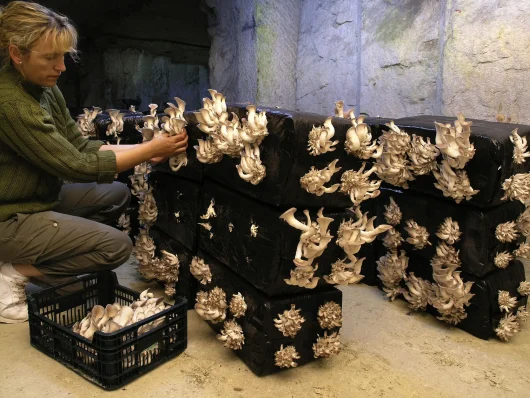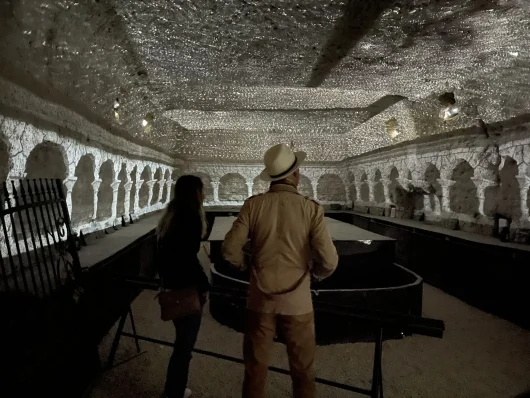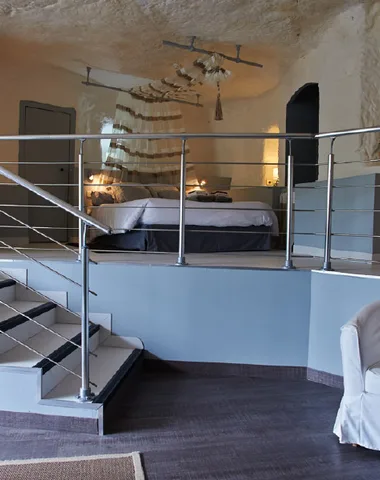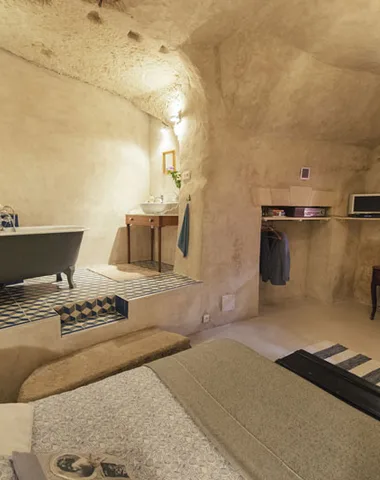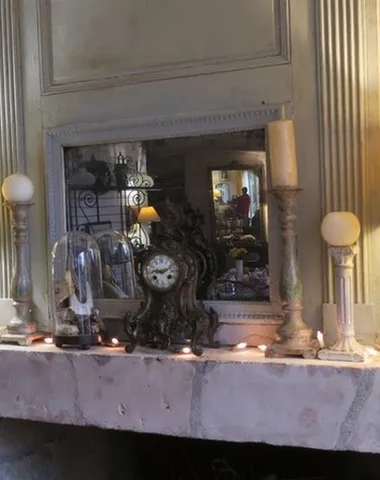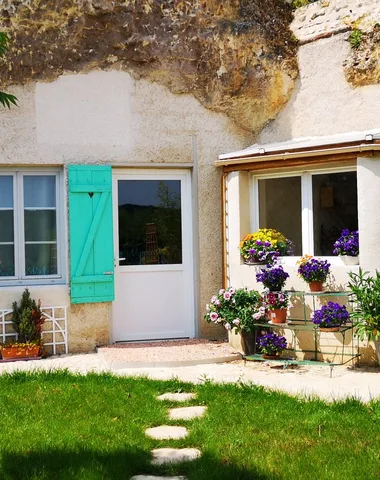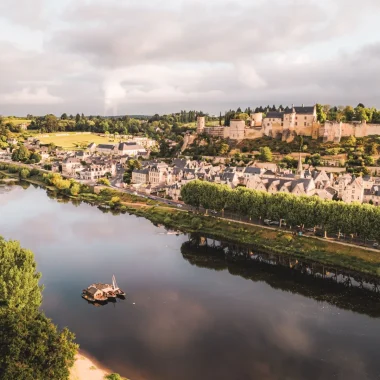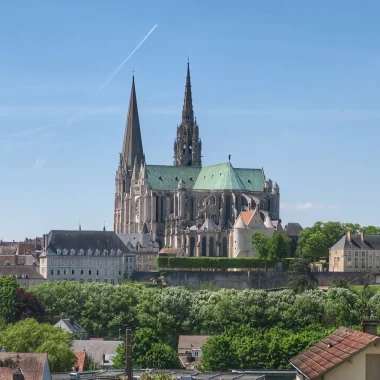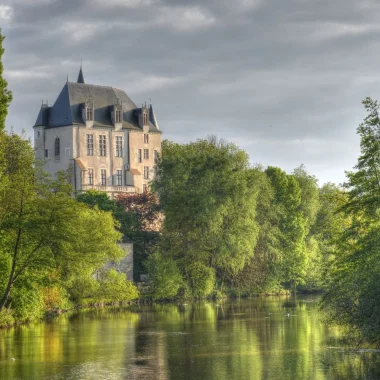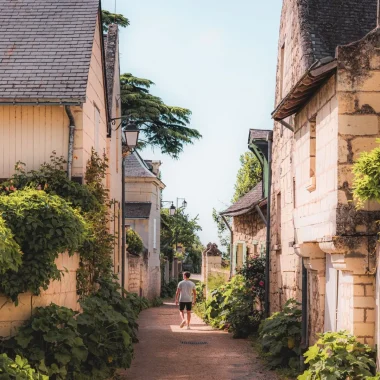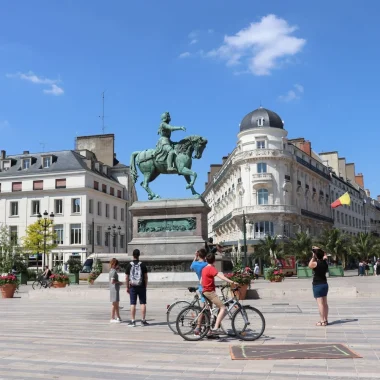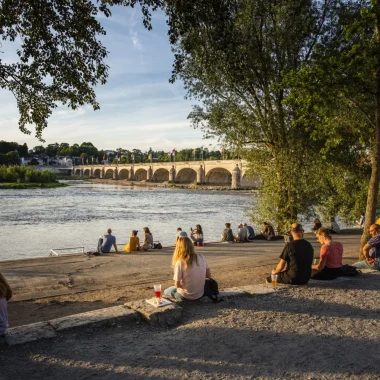Accueil Discover Strolling around our cities and villages Troglodyte villages
The region’s troglodyte villages are nestled into the hillsides of our waterways. Whether in the Loire Valley, the Loir Valley, the Cher Valley, or the Indre Valley, set out to explore these unusual gems!
5 THINGS YOU MIGHT NOT KNOW ABOUT TROGLODYTE CAVES AND DWELLINGS
- They were dug to mine the tuffeau stone used to build the Loire châteaux.
- Since they were transformed into places to live, we call them “cave dwellings”.
- Whether it’s hot or cold outside, the temperature remains the same inside, between 14 and 18°. This means that you can enjoy a nice, cool atmosphere in summer and mild temperatures in winter.
- People who live in these dwellings are called “troglodytes”.
- They are the perfect place to grow mushrooms or store wines… from the Loire Valley, of course!
THE MUST-SEE TROGLODYTE VILLAGES
Troô, in the Loir Valley, is undoubtedly one of the most beautiful troglodyte villages in the region. Terraces, staircases, paths, caves… let your feet guide you and discover this picturesque village, which is now listed as a “Small Town of Character”. There are multiple places to visit, such as the Yuccas Cave. This ancient troglodyte house, with the six rooms furnished as they would have been in the early 20th century, retraces the way of living at the time and offers an exceptional view over the surrounding valley.
To make sure you don’t miss anything in the village and learn more about the habits and customs of life in a troglodyte village, take a guided tour accompanied by a passionate volunteer.
C. Mouton – CRT Centre-Val de Loire
Just under 10 km from Trôo, Lavardin is also home to many troglodyte dwellings, and listed as one of the “Most Beautiful Villages in France”. Follow the panoramic path named “Rotte aux Biques” to explore it. The ancient passage, formerly used for herding goats, passes in front of many troglodyte dwellings and caves. You can also check out the ruins of the Château of Lavardin and step inside Saint-Genest Church to admire the 12th-century frescoes.
C. Mouton – CRT Centre-Val de Loire
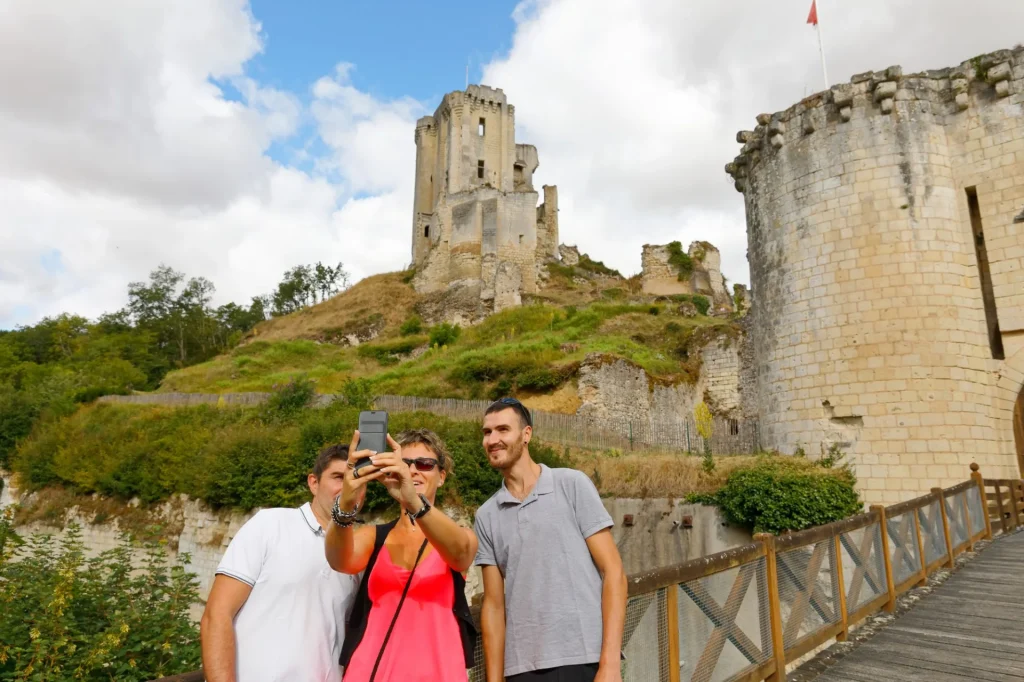
J.C. Coutand – ADT Touraine
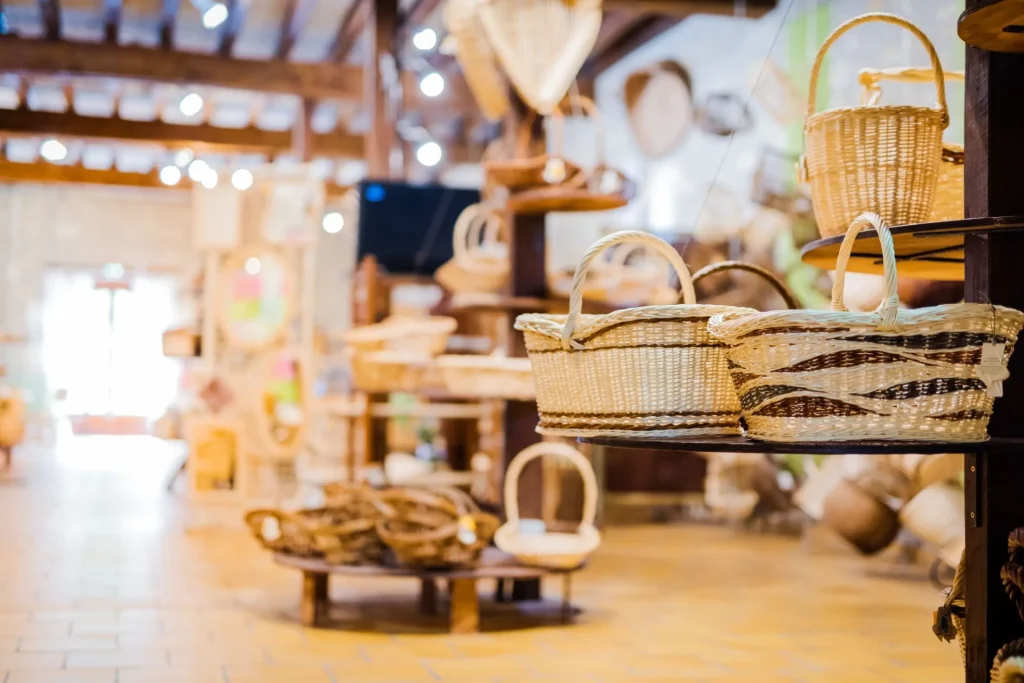
Now it’s time to head to the Indre Valley and discover the troglodyte village of Villaines-les-Rochers. It’s the capital of basketwork, where wicker was mainly woven in troglodyte dwellings and caves. Many have been converted into workshops! Each year in June, there is an event called “Les Journées des Troglos”, where visitors can tour troglodyte dwellings that are opened to the public by the owners.
TROGLODYTE FARMS, SILKWORM FARMS AND MUSHROOM CAVES
Let’s stay in the Indre Valley and head to Azay-le-Rideau, where you can find the Troglodyte Valley of the Goupillières. It’s a set of three troglodyte farms dug into the tuffeau stone. From the well to the bread oven, the stables to the bedrooms, discover the daily life of peasants who lived there from the Middle Ages through to the 19th century. You can even go down into the incredible underground area dug into the rock. That is where the farm’s residents sought refuge during attacks from brigands.
A. Verger – CRT Centre-Val de Loire
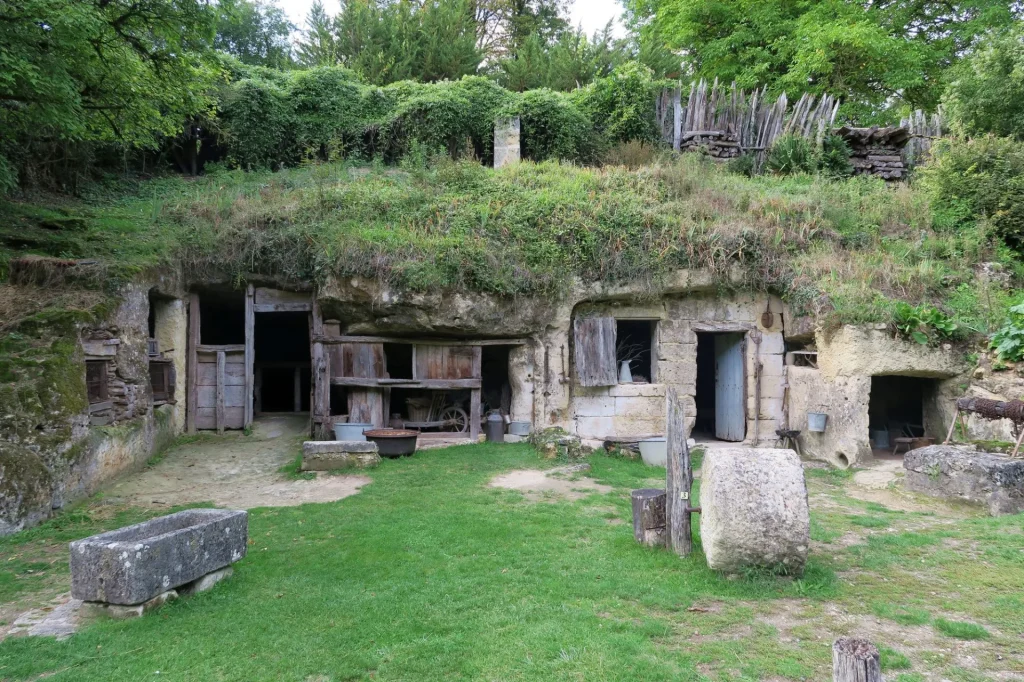
Then, it’s time to head to the Cher Valley, where there were also many troglodyte caves and dwellings. In the troglodyte village of Bourré, you will discover the many uses of caves dug into the tuffeau stone. Step into the surprising world of the troglodyte site known as La Magnanerie (silkworm farm). There, you will learn how silkworms were farmed, after Louis XI created the first royal silk factory in Tours in 1470. There, you will learn how silkworms were farmed, after Louis XI created the first royal silk factory in Tours in 1470.
WINE CELLARS IN TROGLODYTE VILLAGES
Try the Troglo Degusto experience at Domaine des Tabourelles, in Montrichard. Immerse yourself in nearly 1,000 years of history during a two-hour tour, which finishes with a tasting of the estate’s wines.
At Monmousseau Cellars, you’ll be guided through a maze of 15 km of galleries dug into the tuffeau stone. It’s the perfect environment to age still and sparkling wines. A tour featuring light installations presents the Loire châteaux from a brand-new perspective. presents the Loire châteaux from a brand-new perspective.
Caves Monmousseau
Head back to the banks of the Loire to discover other lovely troglodyte villages. Take a stroll around Montlouis-sur-Loire, Vouvray, Rochecorbon or Amboise. As you walk, you will discover many troglodyte houses and cellars. The latter are open to visits from the public – the perfect opportunity to discover famous wines.
SLEEP IN A TROGLODYTE DWELLING
Have you fallen under the spell of our lovely troglodyte villages? Well, here’s the cherry on top – you can even spend the night there! Read on for a small selection of troglodyte hotels, gites and guest rooms that will welcome you between tuffeau walls:

